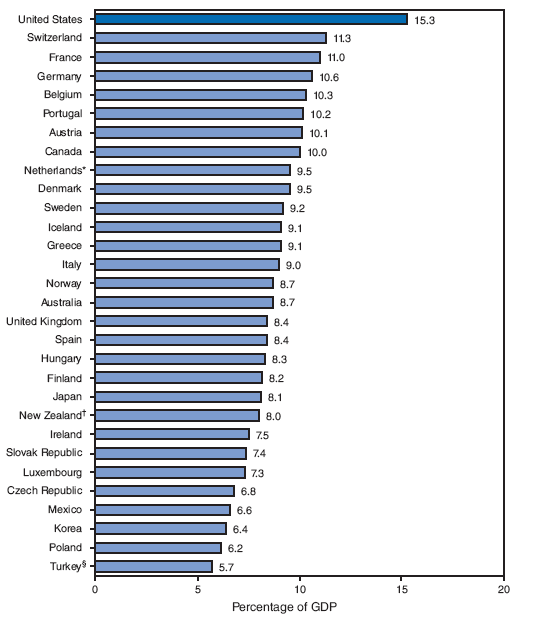Just six months after taking office, there is a clear trend across multiple polling firms: Obama is losing popularity. While a majority of likely voters still approve of the job the president is doing, the rating has dropped more than ten points from post-election highs. Its doubtful that many McCain voters ever supported Obama at all, so who is he losing popularity with, exactly?
On healthcare, Obama seems to take criticism from both sides. Republicans and insurance industry lobbyists are working overtime to convince voters Obama wants to go too far toward socialism, and to the left there are complaints that Obamacare fails to guarantee coverage to everyone. In addition, Obama is being blamed for the fact that Congress has stalled out on the terrible “compromise” legislation. I think, at the very least, there needs to be a public health insurance option, but a more ideal system would provide every American with basic preventative and catastrophic care. Some industries lend themselves to competitive markets: medicine and banking simply don’t seem to be among them.
On foreign policy, Obama is also fending off charges that his policies are too Bush-like. Despite the much-celebrated “withdrawal” of U.S. troops out of Iraqi cities, the timetable for this plan hasn’t changed a bit since Bush was in charge. In Pakistan, U.S. bombing campaigns have accelerated despite high civilian casualties, and comments recently made by Hillary Clinton suggest this may be the next front in the ground war against that abstract enemy known as “terrorism.”
On the environment, the much publicized carbon tax brings a whole new type of profit to financial firms like Goldman Sachs and JP Morgan, but there’s little evidence that its an effective way to clean up our toxic messes. Carbon dioxide remains a proxy for real environmental outrage, while the administration approves permits for mountaintop removal and logging in our largest temperate rain forest.
On the economy, there’s been a lot of money spent and no real moves to correct the reckless behaviors that brought us to the brink. In fact, its more like protecting the instigators from the consequences of their financial mistakes. From Paulson to Geithner, Goldman remains in charge of the Treasury – and Obama has made headlines by appointing even more GS alumni to high ranking posts.
Strategically speaking, Obama’s centrist path seems like a safe way to get re-elected. A divided Republican party offers little real competition to perpetuating the status quo under a slightly different rhetorical spin. Instead, Obama’s greatest vulnerability may be from progressives, civil libertarians, and economic populists who were expecting a bit more change than this.

 The CDC published the
The CDC published the 
